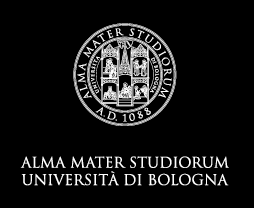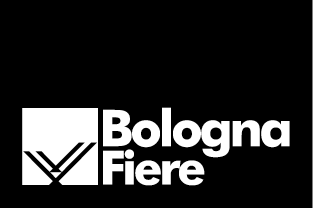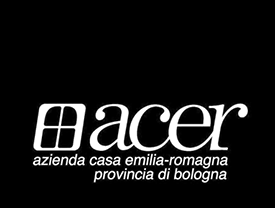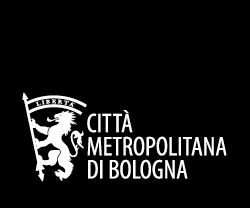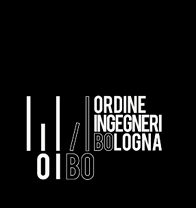Climate Change
In recent years, Bologna has been affected by local climate change related impacts. Bologna is located in a vulnerable area and its major critical elements in relation to climate change are draught and water shortage, heat waves in urban area, unconventional events and hydro-geological risk.
- Draught and water shortage
Climate change will heighten the intensity and duration of summer draught spells, thus worsening the water problems already registered today. Indeed the aqueduct, the old channels and the reclamation network are fed by a single river, the Reno, whose natural flow in the summer is quite limited. - Heat waves in urban areas
Future scenarios points to an average temperature increase by 2°C, with stronger anomalies during the summer and a consequent increase of heat waves.
One of the main strategies to mitigate the effects of heat waves in large urban areas if to increase the number of green areas available to the population, from large periurban parks to trees in the streets and small green buffer spaces. - Extreme weather events and hydro-geological risk
In the 1951-2011 period an increase was recorded in the number of days with intense precipitations, and this trend is expected to continue in the coming years. Because of the geographical and topographical characteristics of the Bologna area, the projections show that climate changes will increase the vulnerability of the water systems in the city and the surrounding hills, thus increasing the already existing risk of floods and landslides. An element of disadvantage, which causes the system to be quite frail, is the poor hydrological response of over 50% of the municipal territory, more specifically in the areas with a prevalence of impermeable surfaces that prevent rainwater to infiltrate the soil. The preventive measures to be implemented urgently include safety actions also based on the creation of green infrastructures meant to retain rainwater, thus valuing the role of natural bio-systems and increasing the urban and peri-urban hydrological response.
Between 2011 and 2015, the Bologna Municipality designed two main tools to define and coordinate the applicable environmental policies:
- the Sustainable Energy Action Plan (SEAP)
- the Climate Adaptation Plan (BLUE AP project - Bologna Local Urban Environment Adaptation Plan for a Resilient City).
An indepth analysis of the mitigation and the adaptation strategies implemented in Bologna is available at the notebook "Bologna resilient city. Sustainable Energy and Climate Change Adaptation", the fifth number of the Urban Center Bologna editorial series I Quaderni (available both in italian and english version).



